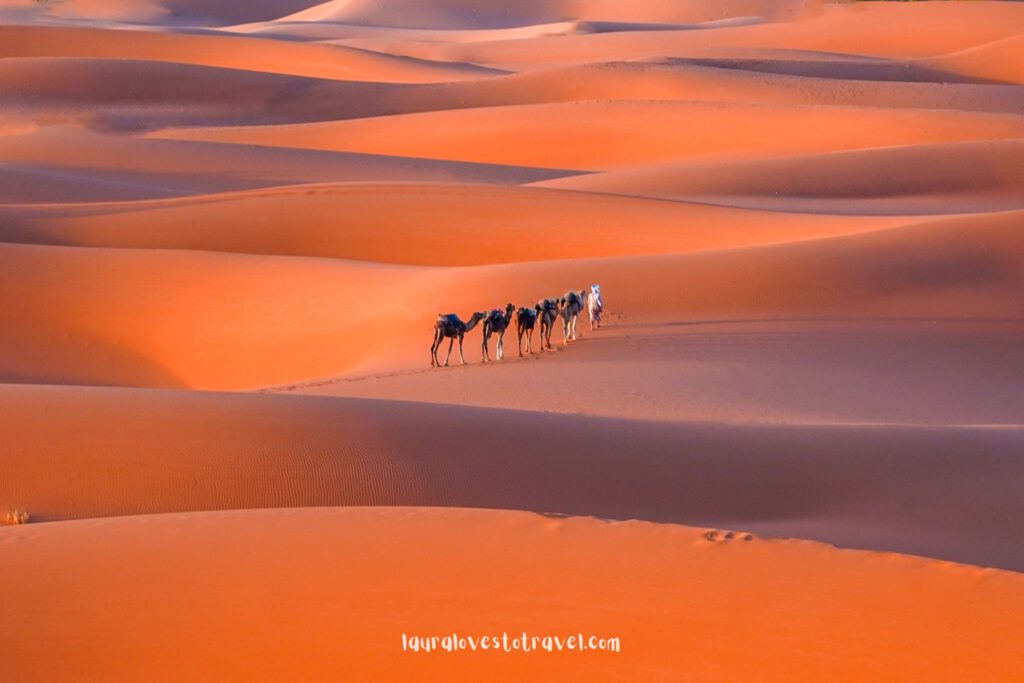5 Reasons Why You Should Never Ride A Camel
Camel rides are some of the most popular tourist activities in many parts of the world. You can ride camels at destinations like Jordan, Egypt and Morocco, but also on the Spanish islands and in Namibia. Today, people are luckily getting more and more concerned about animal welfare and about interaction with animals in particular. It’s crucial to look critically at practices like riding a camel. It might seem harmless, but it hides a deeper, and mostly unseen cruelty. Delving beneath the surface of camel riding reveals a story of exploitation, discomfort, and suffering for these magnificent and gentle creatures.
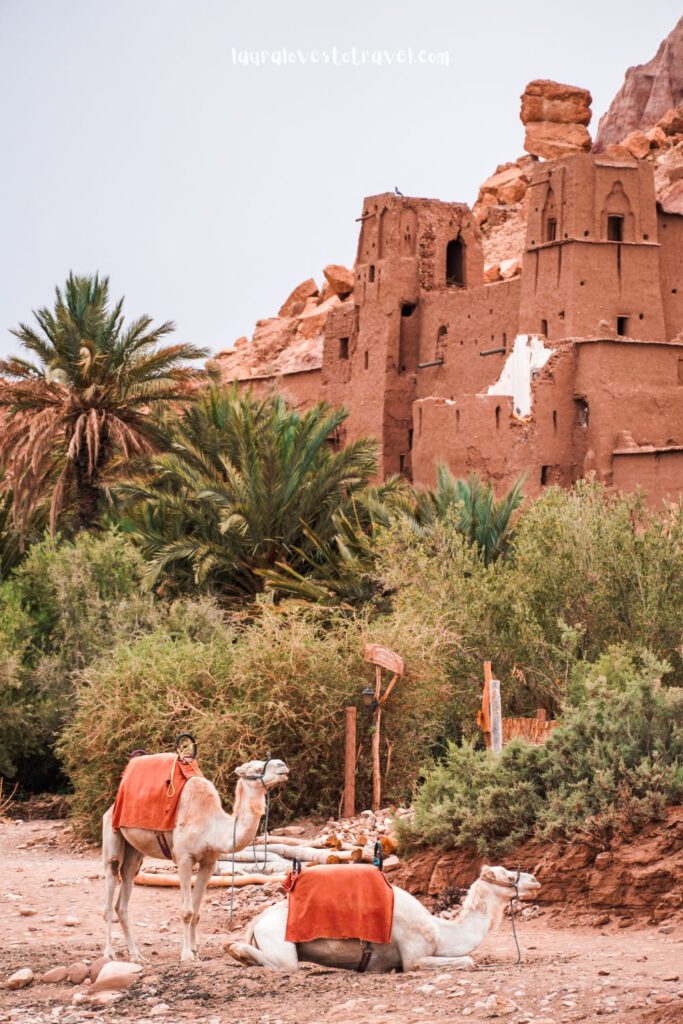
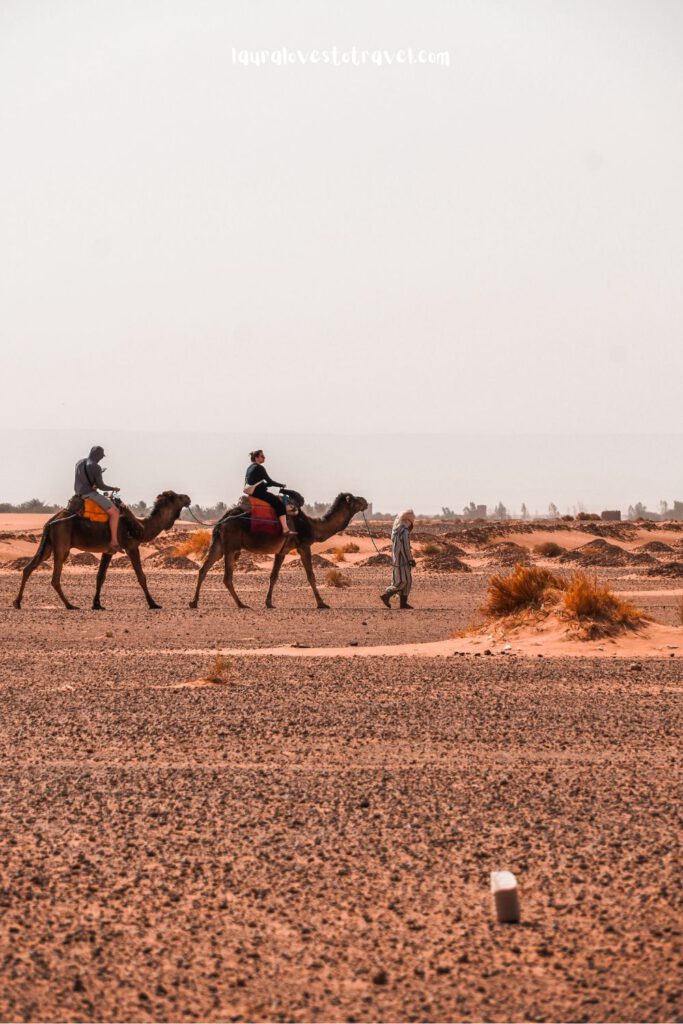
Camel Or Dromedary?
Did you know that there are two species of camel? Namely the Bactrian camel (Camelus bactrianus) and the dromedary camel (Camelus dromedarius). Around 90% of the world’s camels are dromedary camels, also known as the Arabian camel. Chances are high you will only encounter the dromedary camel during your travels. Almost all dromedary camels are domesticated, while Bactrian camels also appear in the wild. One of the camel’s most notable physical traits is its hump or humps, which is also how you can tell them apart. While the dromedary camel has one hump, the Bactrian camel has two. They both store fat in these humps, which later can be used as an energy source.
Are Camel Rides Ethical?
You might wonder if camel rides can ever be ethical. The answer to this question is sadly a very short one: no, they are not. In recent years, ethical concerns surrounding camel rides have come under the attention of the public. Videos emerged of camels and other animals, like donkeys and horses, being hurt and abused at popular destinations. Abuse is quite common in places like the Gizeh pyramids in Egypt, the Sahara desert in Morocco and Petra in Jordan. The use of camels for riding raises a lot of welfare issues for these beautiful and sweet animals. It also makes more and more people wonder how to interact with animals in an ethical way.
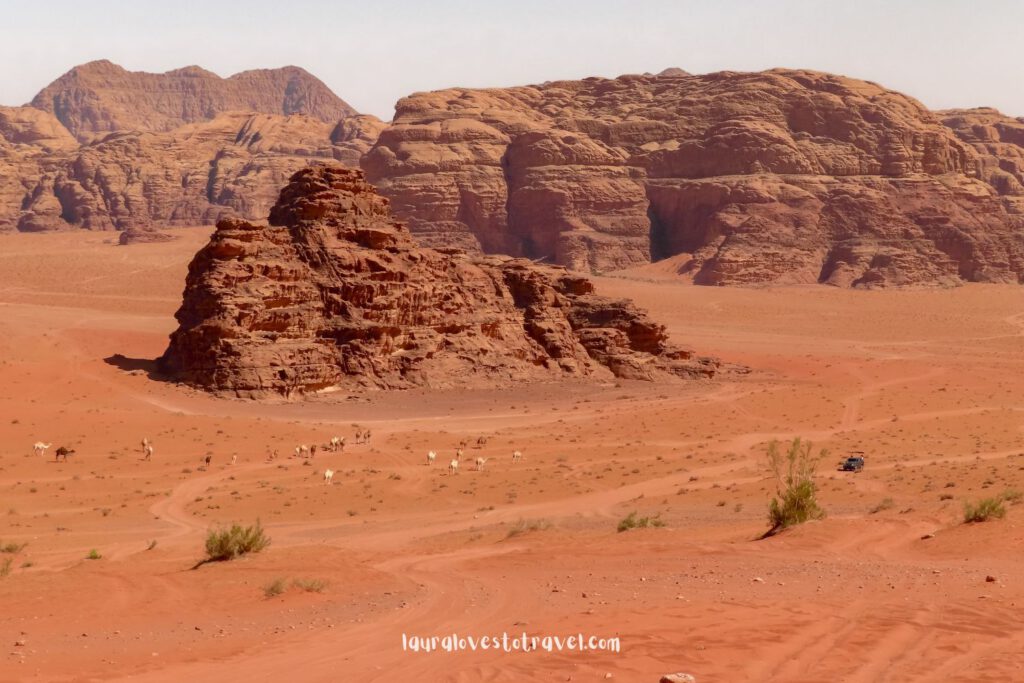
5 Reasons Why Camel Rides Are Cruel and Unethical
1. The Exploitation Of Camels
Camels, often called the ‘ships of the desert,’ have been integral to human life for centuries. Their ability to walk through harsh landscapes with ease has made them indispensable in a lot of countries. However, the same power that makes them so valuable also makes them vulnerable to exploitation. When they are used for recreational riding, camels are subjected to conditions that are far from their natural habitat, leading to not only physical pain, but also to psychological stress.
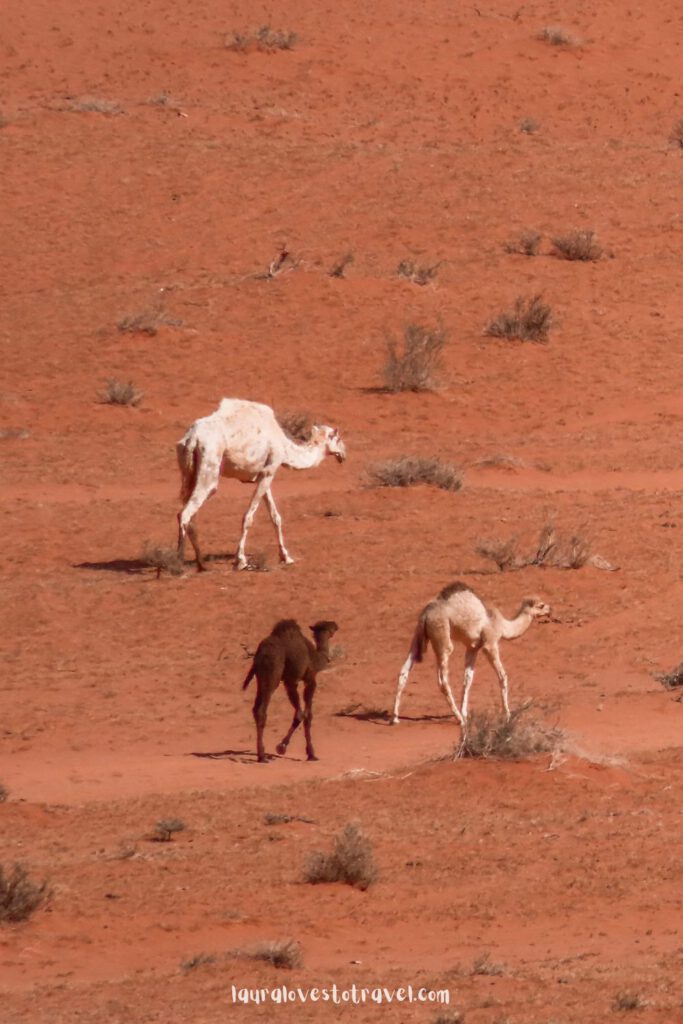
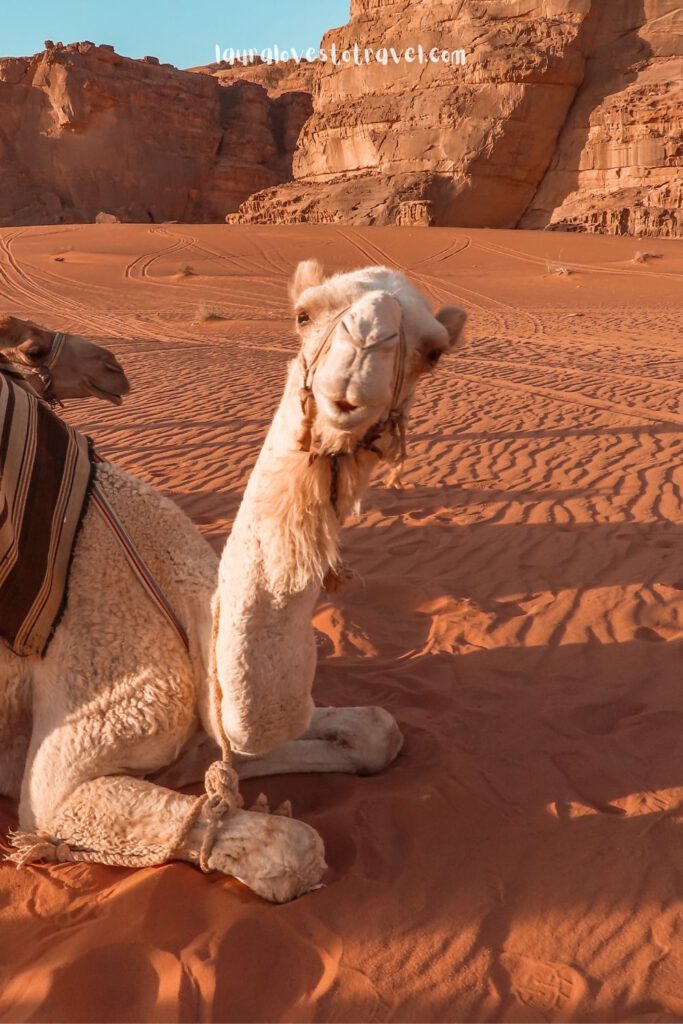
2. The Physical Toll Camel Rides Take On Camels
Camels are strong and sturdy animals, but their bodies are not designed for carrying heavy loads, like humans, for extended periods of time. Even though most camel rides only take 30 minutes, a lot of camels have to do 20 to 30 of these rides a day. The saddles that are designed to let you sit comfortably on their backs also add to the weight. These saddles and other equipment used for riding camels often cause injury to their backs.
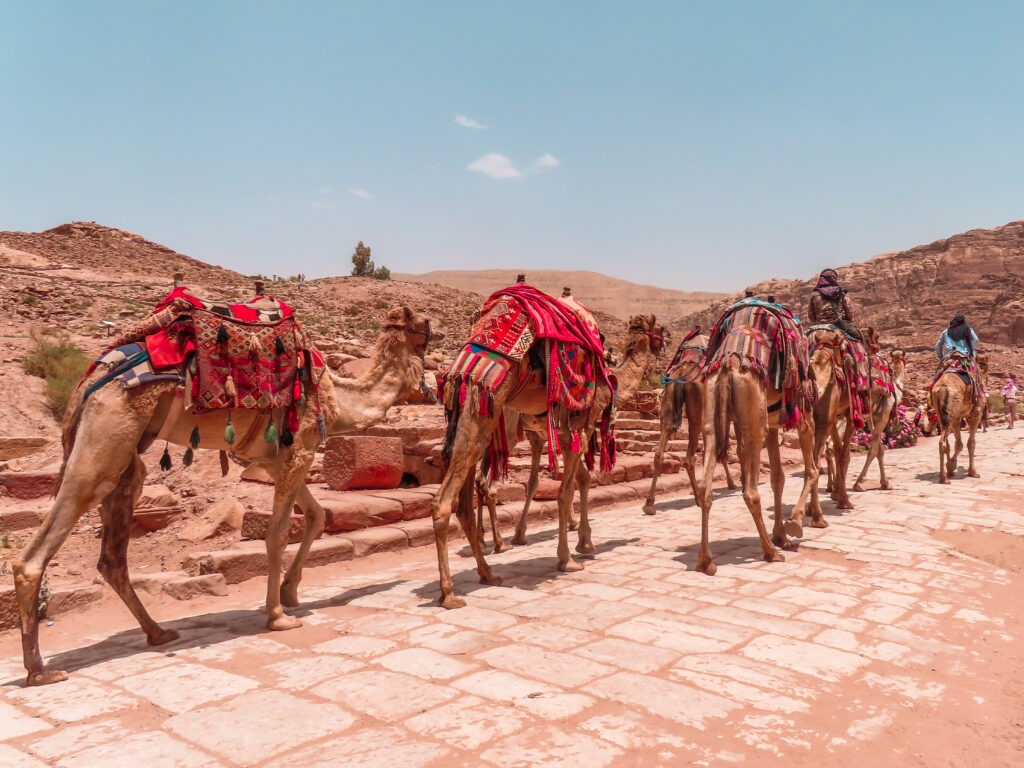
3. Camel Rides Are Harming Natural Behavior
Apart from the physical toll that riding camels takes, there’s also an important psychological aspect to consider. Camels, like all sentient beings, form social bonds and experience emotions. Camels are very social animals, they interact with each other and love to roam freely. When they are forced to go on rides with tourists every day, they are denied the opportunity to express their natural behaviors. This will not only lead to boredom and frustration, but can even lead to aggression and depression. This is also why you often see camels that are chained up or muzzled during rides, because some animals spit or bite out of fear.
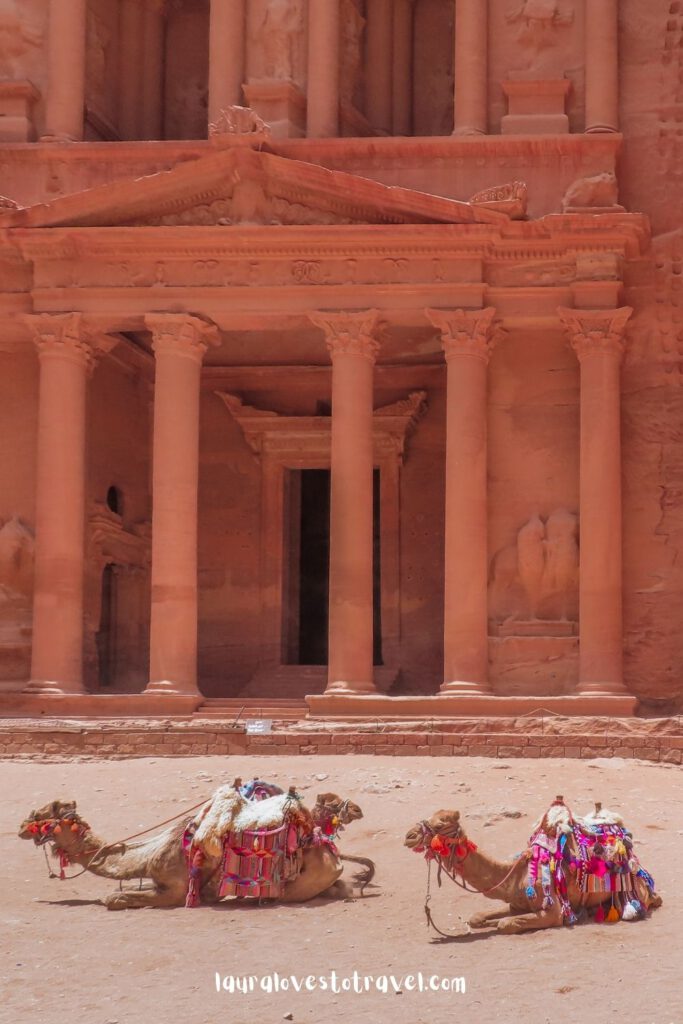
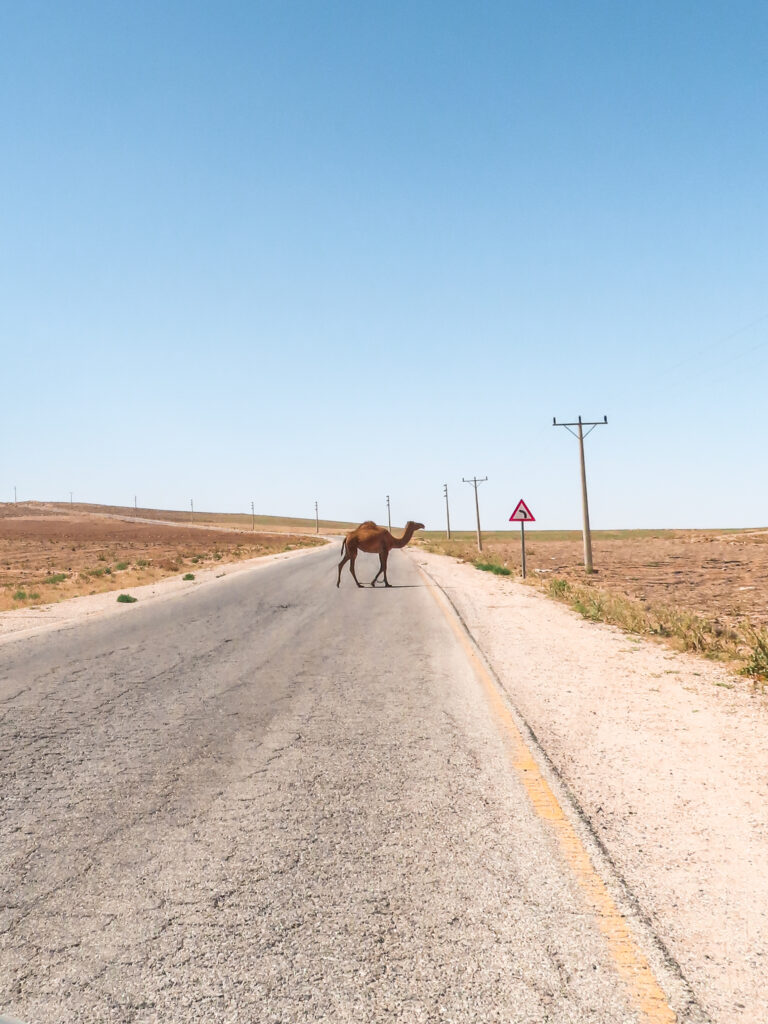
4. Camels Are Often Kept In Bad Circumstances
Apart from the physical strain and bad mental health among camels, they are also often kept in bad circumstances. Camels may be kept in small spaces and be deprived of proper food, water and care. Camels are also often subjected to harsh weather conditions and forced to stay out in the sun all day in full gear. All of these factors contribute to stress and pain, which causes their overall well-being to decline.
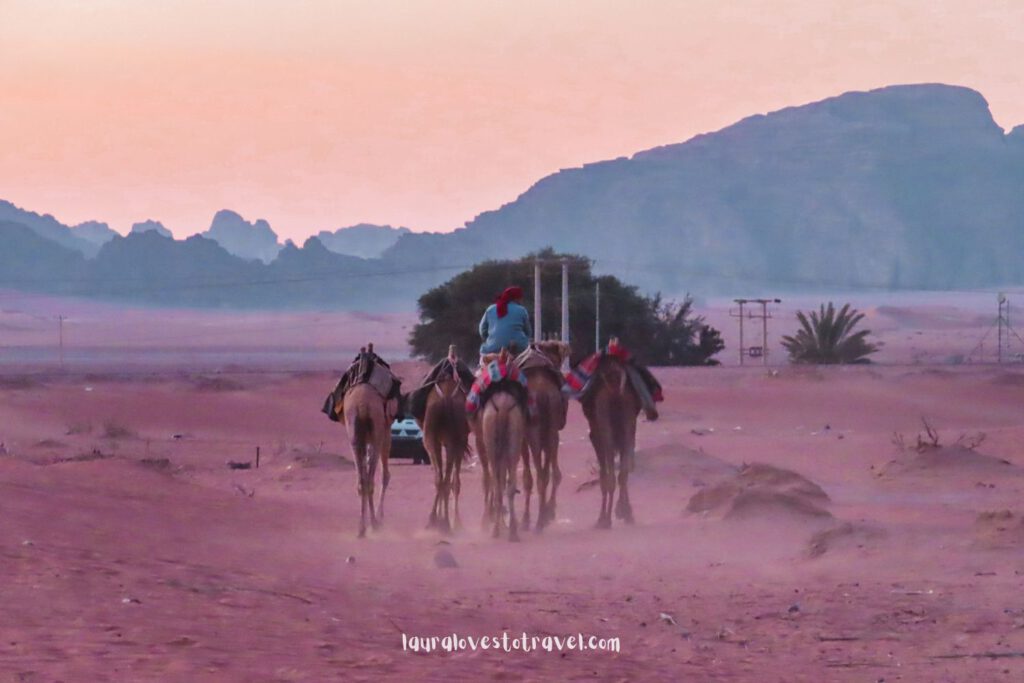
5. Cruel Training Methods For Camels
The training methods used to “break” camels for riding can be incredibly cruel. Reports of animals being beaten, whipped or otherwise abused during training are sadly very common. The camels legs are also often tied together to prevent them from moving or escaping, which causes wounds and scarring. Even if such practices are not used, the very act of forcing an animal to submit to humans for the sake of entertainment raises a lot of ethical questions about our treatment of other species.
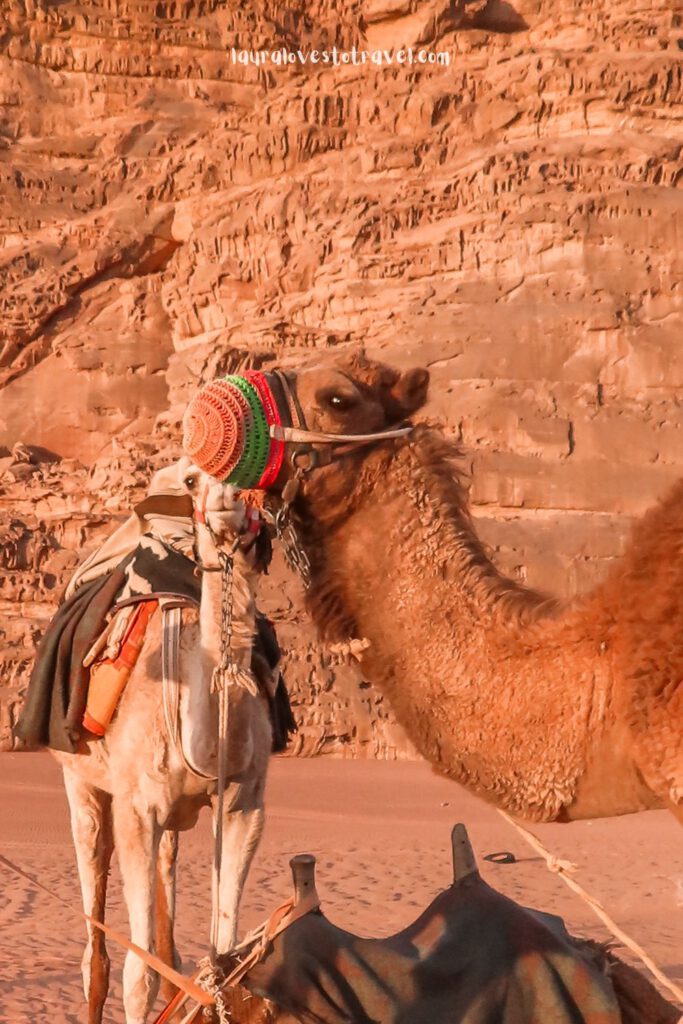
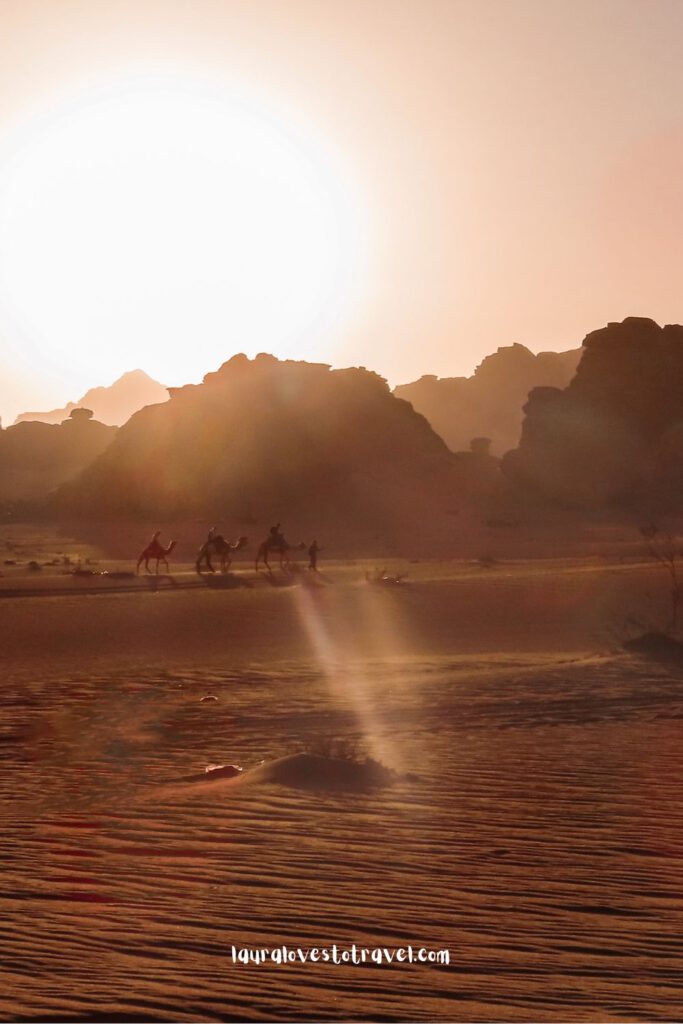
Isn’t Camel Riding A Cultural Tradition?
Some might argue that riding camels is part of the local culture and tradition, and therefore, okay to do so. However, culture is never a justification for cruelty to animals. As our understanding of animal sentience and welfare grows, so too should our responsibility to treat these animals with respect and compassion. We might even be able to stand up against people who don’t practice respectful behavior towards animals.
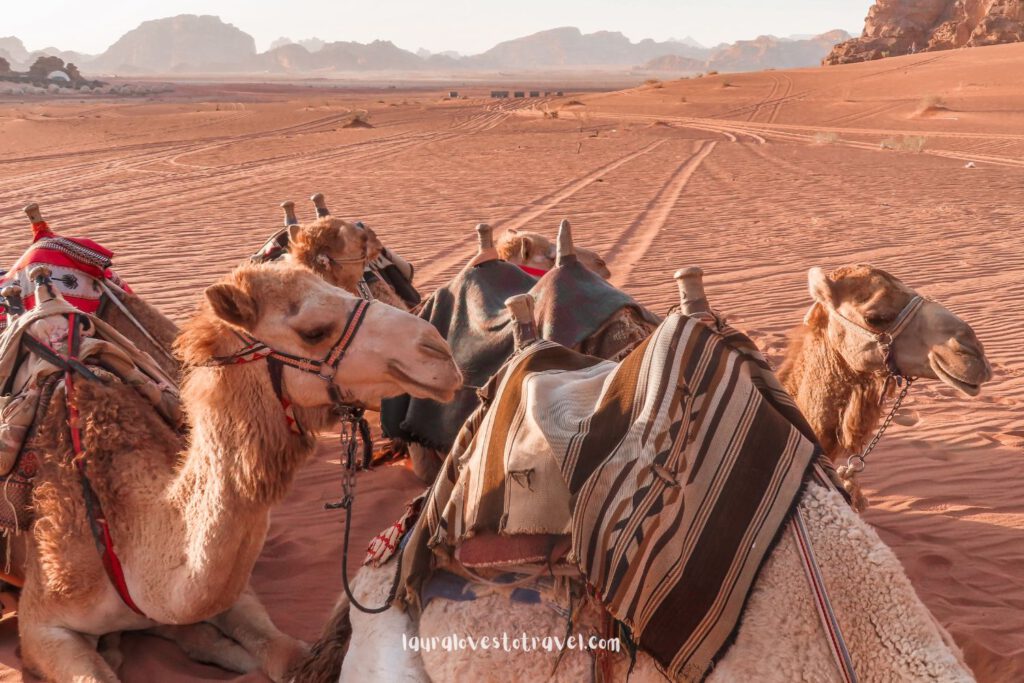
How To Experience Camels In An Ethical Way
Fortunately, there are many alternative and amazing ways to experience and appreciate these remarkable creatures without causing them any harm. Observing camels in their natural habitat, supporting ethical conservation efforts, or participating in activities that promote education and awareness about camel welfare are just a few examples. In some Middle Eastern countries you might also be able to see camels roaming in the wild. And what’s better than seeing animals in their natural habitat, living their lives in peace?
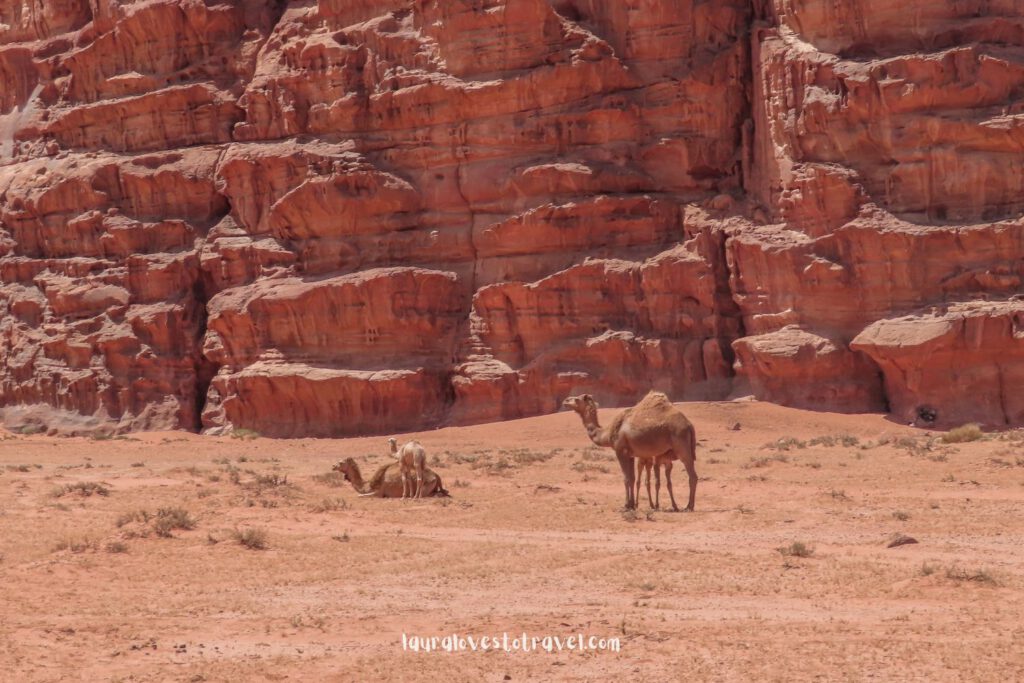
How To Say No To Camel Rides?
Saying no to camel rides can make you feel uneasy or uncomfortable, but trust me, it’s worth it. Sometimes camel rides are included in your booking, which is often the case in destinations like Morocco, Egypt and Jordan. But how do you say no to camel rides? You don’t want to offend anyone, and certainly don’t want to stress about it during your travels. The easiest way to say no to camel rides at your accommodation or desert camp is to simply explain that camel riding is not for you, and that it’s common to refrain from riding animals in your country or culture. Be honest and respectful, and tell them how you feel about camel rides.
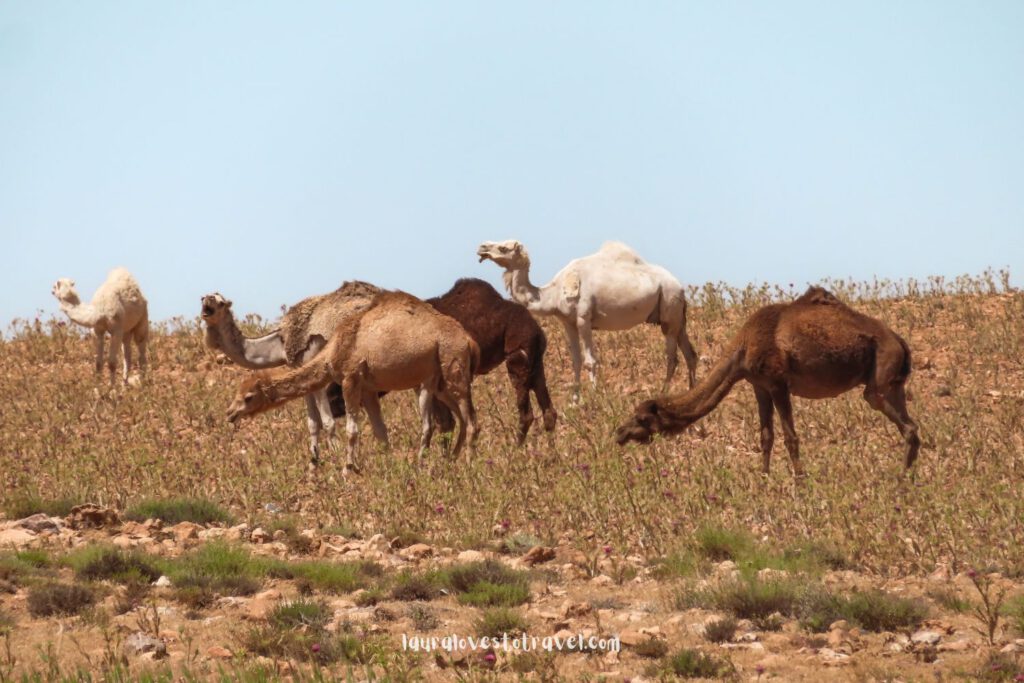
There Are Other Amazing Ways To Explore The Desert
With so many other (and may I say, amazing) ways to explore deserts, there is absolutely no need to use and exploit camels for rides with tourists on their backs. From a 4×4 dune adventure to quad biking and dune hiking, there’s something for everyone. Don’t forget to try sandboarding and to enjoy a desert sunrise or sunset to see these incredible places turn all kinds of red, pink, orange and yellow. There are so many ways to experience the magical deserts of the world and make memories without having to harm any animals.

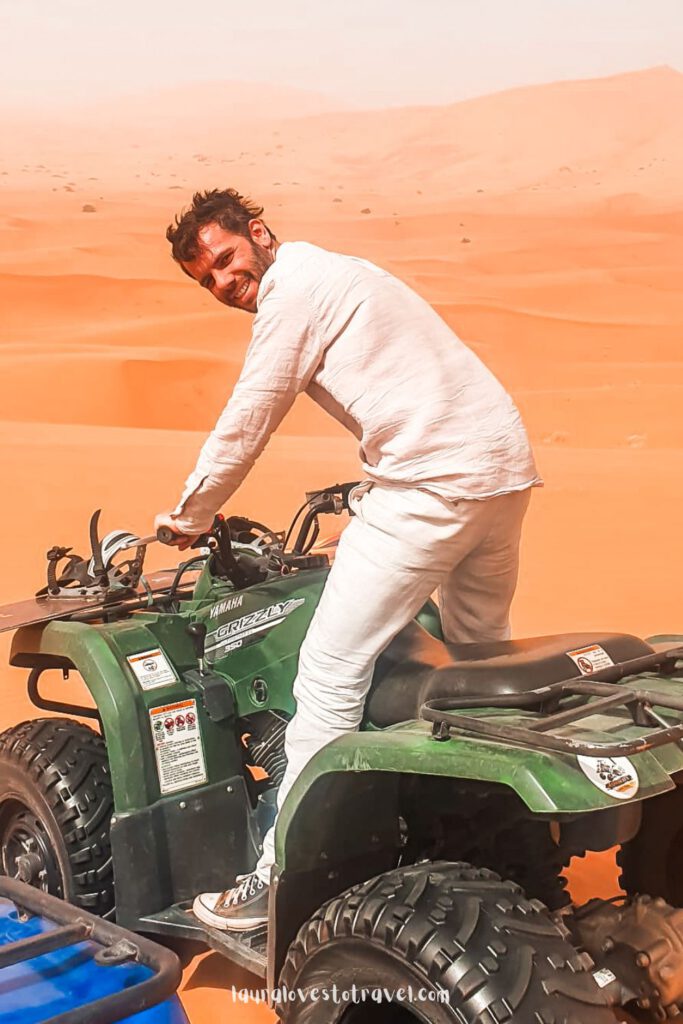
It’s Up To Us To Stop Camel Rides
Camel rides will continue to exist for as long as there’s a demand for tourists. If you want to participate in ending camel riding, there are a lot of things you can do to help. You can choose to not ride a camel yourself, and ask your accommodation or travel agency for an alternative activity. You can also talk about it or share this article with your friends, family and fellow travelers. If we all try to open up the conversation about animal welfare and travel, we might be able to create a real change!
Ready to book?
When you purchase something through these links, I’ll earn a small fee, while you still pay the same. Win-win! Thanks for your support!


